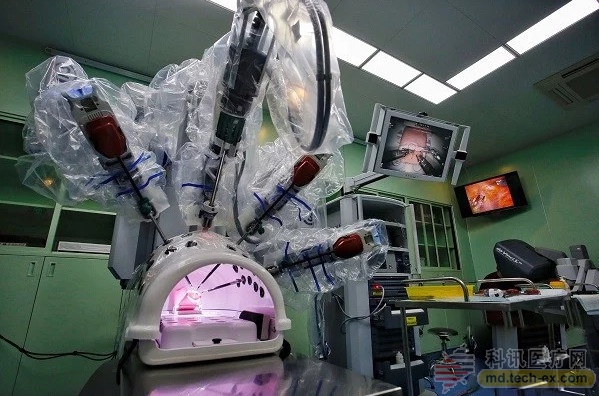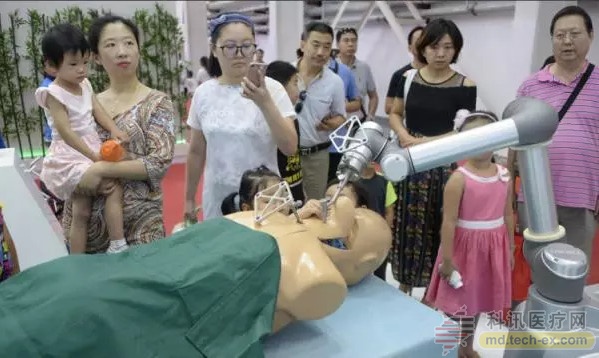The world's busiest 3 surgical robots are in China, and have done more than 40,000 operations.
Release date: 2017-09-13 Source: Xinhua News Agency Maltitol Keto,Organic Maltitol keto,Food Ingredient Crystalline Maltitol Qingdao Bailong Huichuang Bio-tech Co., Ltd. , https://www.sdblcycn.com
The surgical machine of Shanghai Changhai Hospital has accumulated more than 40,000 robotic operations.
The robotic arm with the surgical forceps is telescopic, and the chip automatically transmits data, recording the amount of surgery completed. According to the data provided by the International Training Center for Surgical Robots at Changhai Hospital in Shanghai, from the introduction of the first surgical robot in 2006 to February this year, China has carried out more than 40,000 robotic operations, and it has become a reality for robots to go to the operating table. However, when you are really lying in a hospital bed, is there such a worry, will it slash the knife if the voltage is unstable? In case the program is hacked...
"The world's busiest surgical robot in China"
In the urology room of the First Affiliated Hospital of Nanchang University, the 69-year-old Luo Dan has been doing robotic radical prostatectomy for a week. He is lying in bed with a joke. "The knife is small and the recovery time is short. The doctor said I can be discharged now."
“The surgical robot is the sword in the hands of the surgeon.†The doctor in charge of the operation is Wang Gongxian, the deputy dean of the First Affiliated Hospital of Nanchang University. He has three photos of his surgery on the wall of the office, representing him since he joined the work in 1982. Traditional open surgery, first-time laparoscopic surgery in the 1990s, and robotic surgery. 
At the 2017 World Robotics Conference, the audience watched the orthopedic surgery robot on site. Xinhua News Agency
Compared with open surgery, laparoscopy allows Wang Gong to look at the TV monitor first, and the surgery can be completed in the patient's body with a special extended surgical instrument. With the advent of the robot era, he was the first to use his own hand to hold the scalpel. "The human wrist can only have 4 degrees of freedom from front to back, left and right, and the mechanical arm 'wrist' with the surgical forceps has 7 degrees of freedom and can rotate 540 degrees freely."
In the eyes of the post-80s post-doctoral and Wang Gongxian's assistant Guo Ju, looking at the patient's body through a laparoscope is like watching a TV at home, and the robot is like going to the cinema to watch 3D movies.
Higher degrees of freedom and clearer vision mean less trauma and more precise treatment, and of course higher costs. Compared with traditional surgery, the hospitalization time of Luo Dan is reduced by half, but it costs about 20,000 yuan, mainly for the cost of electric scissors and needle holders at the front end of the robot arm.